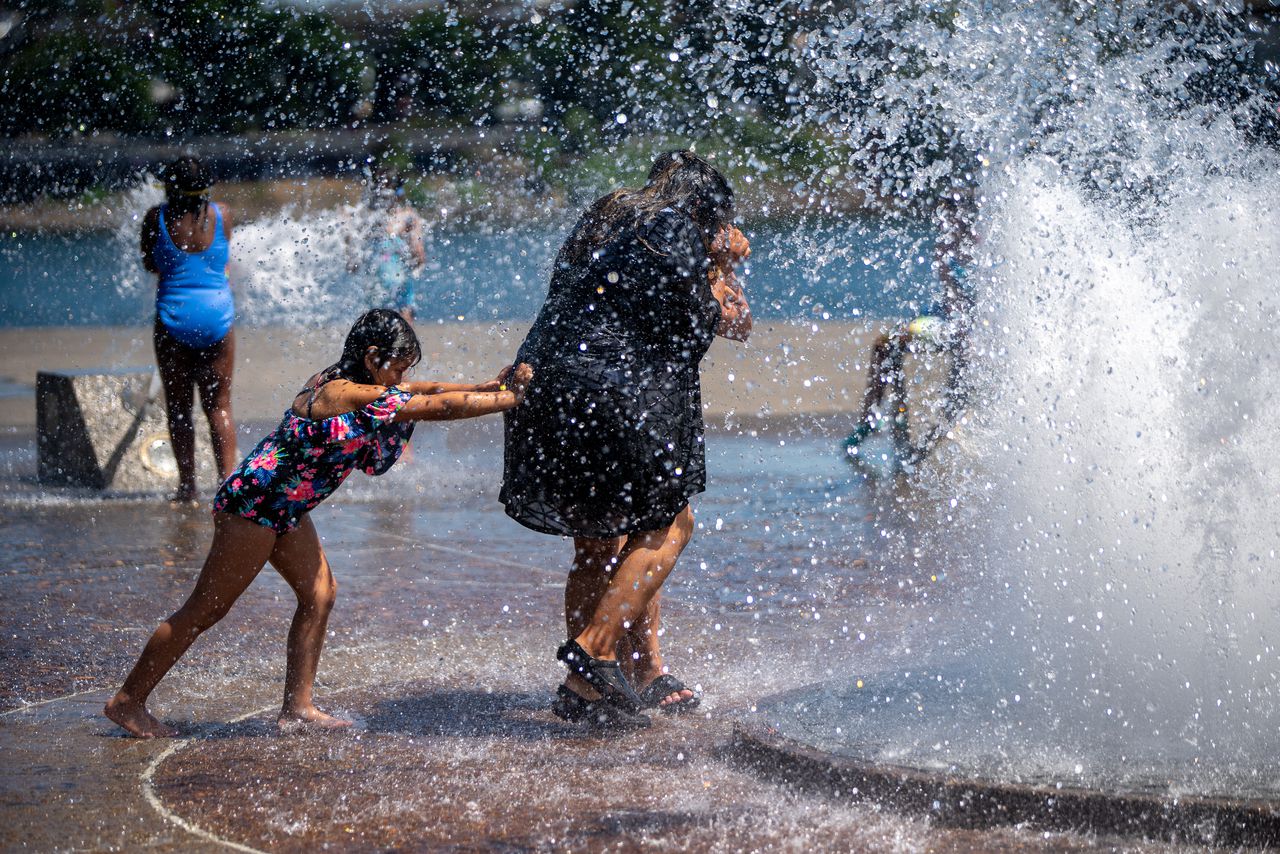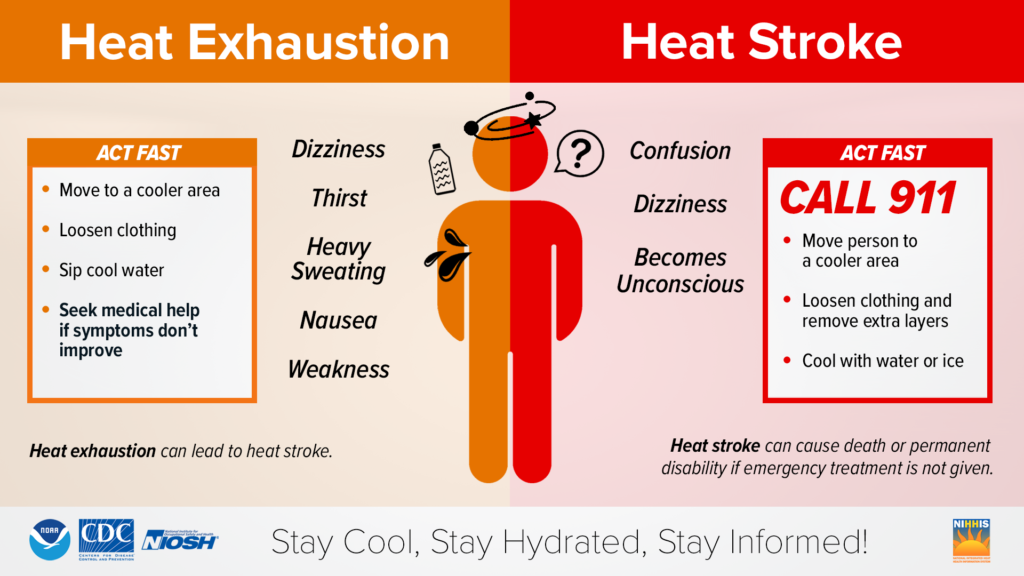
Oregon has been breaking temperature records summer after summer, and with another heat advisory in effect across the Pacific Northwest, it’s crucial to stay informed and prepared. Sunny days may call us outside, but excessive heat can quickly become dangerous, especially for children and older adults. Here’s what every family should know to stay safe and still enjoy the season.
WHY
According to the Red Cross, extreme heat is the deadliest form of severe weather in the U.S., claiming more lives annually than hurricanes, floods, or tornadoes. Heat-related illnesses typically begin with cramps and can progress to heat exhaustion or even heat stroke, a medical emergency in which the body is unable to cool itself. In just 10 minutes, body temperatures can rise to over 106°F, causing permanent damage—or worse. Knowing the signs and acting fast can save lives.
WHO
No one is immune to heat illness; however, certain groups are more susceptible. The CDC identifies high-risk individuals as:
- Infants and young children
- Adults over 65
- People with chronic health conditions or on certain medications
- Those who are overweight
Hydration is key—don’t wait until you feel thirsty to drink water. Also, plan ahead. Check the forecast before heading out and pack essentials like sun hats, cool drinks, and sunscreen.
WHAT
Below is a handy chart explaining the symptoms and differences between heat exhaustion and heat stroke. Understanding the difference between heat exhaustion and heat stroke is vital. Heat exhaustion is characterized by heavy sweating, dizziness, nausea, and weakness. Heat stroke symptoms include confusion, lack of sweating, high body temperature, and unconsciousness. When in doubt, treat it seriously and seek help immediately.

WHEN
Plan outdoor activities for the cooler parts of the day—before 10 a.m. or after 7 p.m. Midday (especially between 1–5 p.m.) is the most dangerous, as temperatures peak and the sun’s intensity is strongest. Encourage kids to play early and rest during the hottest hours.
HOW
Even if you know the risks, staying cool isn’t always easy, especially without AC. Here are some practical tips:
- Stay indoors in air-conditioned spaces when possible
- Dress in lightweight, light-colored clothing
- Avoid heavy meals and sugary drinks
- Never leave children or pets in a parked car
- Take breaks and drink water frequently
- Visit public spaces like libraries, malls, or indoor play areas for free, cool fun
- Monitor local news or your county’s website for emergency cooling centers
Whether you’re gardening, playing soccer, or floating on a lake, always have a buddy system to watch for signs of heat illness and encourage hydration.
Oregon continues to adapt as our summers grow hotter—and so can you. With a bit of knowledge and planning, families can stay safe and make the most of their time outdoors. Every small, smart action—whether it’s wearing a sun hat or choosing water over soda—can make a big difference.
Stay safe, stay cool, and enjoy your summer!

Michelle is a married mother of two toddler girls and a house full of pets. As a homegrown Oregonian, she enjoys spending her time on family adventures throughout the PNW to fuel her creative inspiration! Photography, crochet, freehand mandala designs, hiking, and gardening are a few of her hobbies that are highlighted on Instagram @xenonvogue. Each new day is a chance to be present and involved, so Michelle strives to live honoring the knowledge that this too shall pass.
